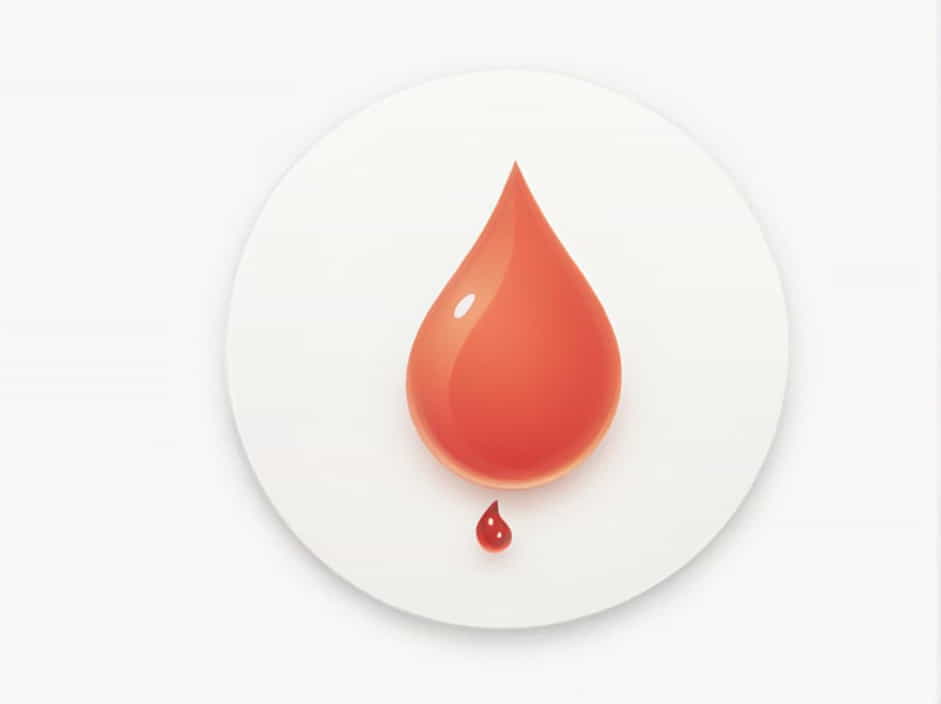Chromosomes Align On The Spindle Equator
Cell division is a fundamental process that allows organisms to grow, repair damaged tissues, and reproduce. One of the most critical stages of cell division is the alignment of chromosomes on the spindle equator, which occurs during metaphase. This precise arrangement ensures that genetic material is equally distributed to the daughter cells, preventing mutations and … Read more









